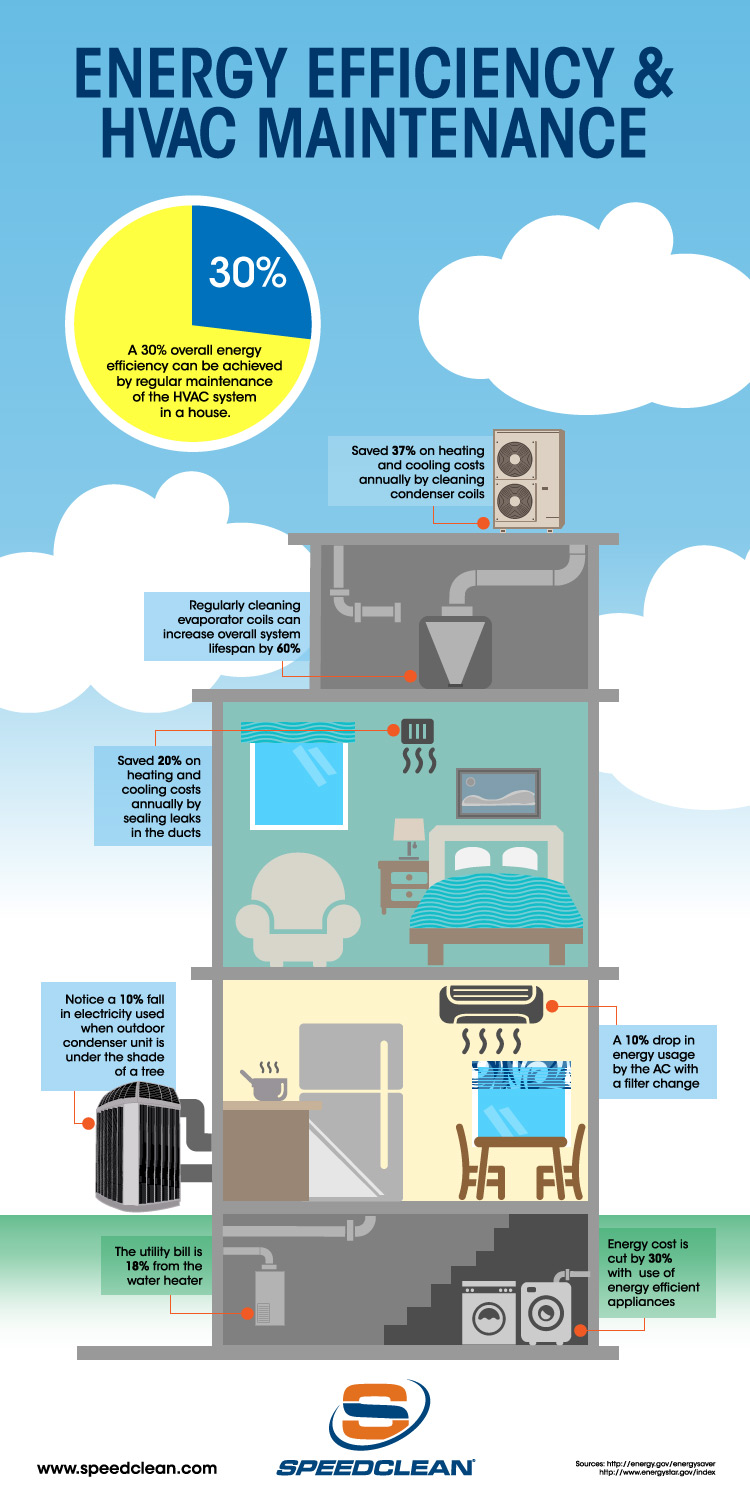Prevent Expensive Fixes: Recognizing Early Indicators Of Cooling And Heating System Issues
Prevent Expensive Fixes: Recognizing Early Indicators Of Cooling And Heating System Issues
Blog Article
Material Created By-Hammer Lloyd
You may not understand it, however your HVAC system could be silently outlining against you. It's an intricate equipment, working diligently to keep you comfortable year-round.
But occasionally, it begins to reveal indicators of difficulty. Indications that, if ignored, can lead to pricey fixings down the line.
So, just how can you secure yourself from these possible calamities? Well, let's begin by paying attention closely ...
Unusual Noises
If you listen to any kind of unusual sounds coming from your a/c system, it's important to address them immediately to stop potential troubles. These sounds could be a sign of underlying concerns that, if left unattended, could cause even more substantial and costly repair work down the line.
One usual noise to listen for is a squealing sound, which may indicate a trouble with the follower belt or motor.
An additional sound to look out for is a banging or clanging audio, which could indicate loose or damaged parts within the system.
Additionally, a hissing or whistling noise could be an indication of a refrigerant leak.
Inconsistent Temperature level
To make sure the optimum performance of your cooling and heating system, it's important to resolve any problems that might cause expensive fixings, such as unusual noises, in addition to the issue of inconsistent temperature. Irregular temperature can not just make your home awkward yet also suggest underlying issues with your cooling and heating system.
Right here are 3 indications to watch out for:
1. Cold and hot areas: If you see considerable temperature variants in various locations of your home, it could be an indicator of a HVAC system that's battling to distribute air uniformly.
2. Rising and fall thermostat analyses: If your thermostat frequently shows various temperature levels or stops working to maintain a constant temperature, it may be a sign of a malfunctioning heating and cooling system.
3. Inefficient cooling or heating: If your HVAC system takes longer to cool or warm your home than normal, it could be an indicator of a problem that requires attention.
Poor Air Quality
Are you experiencing symptoms like coughing, sneezing, or allergic reactions in your home? If so, your cooling and heating system may be responsible for the inadequate air quality.
A badly kept or defective a/c system can distribute dust, plant pollen, and other irritants throughout your home, bring about breathing problems and discomfort.
One possible root cause of inadequate air top quality is an unclean air filter. Gradually, the filter can become clogged with dirt, stopping it from efficiently getting rid of fragments from the air.
Another feasible perpetrator is mold development within the system. Mold and mildew thrives in dark and wet settings, and if left unattended, it can release spores right into the air, creating allergic reactions.
To enhance your interior air top quality, see to it to consistently clean or replace your air filters and timetable routine maintenance for your cooling and heating system.
https://docs.google.com/spreadsheets/d/1K9RKcMLrzidKKShlWclIIVL7sXxwDerfjtxa6YHLpyk/edit#gid=1203500269 keep in mind, watching out for very early indicators of cooling and heating system troubles can conserve you from expensive repair services down the line.
Did you recognize that according to a current research, 80% of heating and cooling system failures could have been avoided with regular upkeep and prompt repairs?
By paying attention to uncommon sounds, inconsistent temperature levels, and poor air quality, you can ensure your heating and cooling system stays in leading form and avoid unneeded expenditures.
Stay Recommended Browsing and save yourself the trouble!
